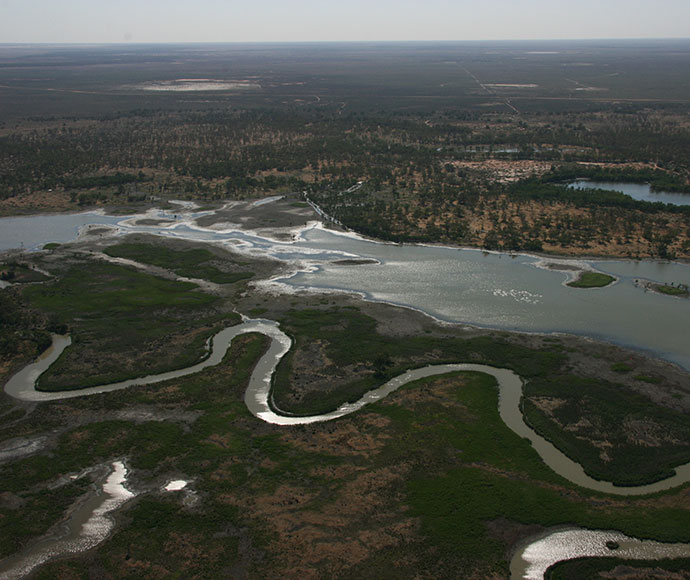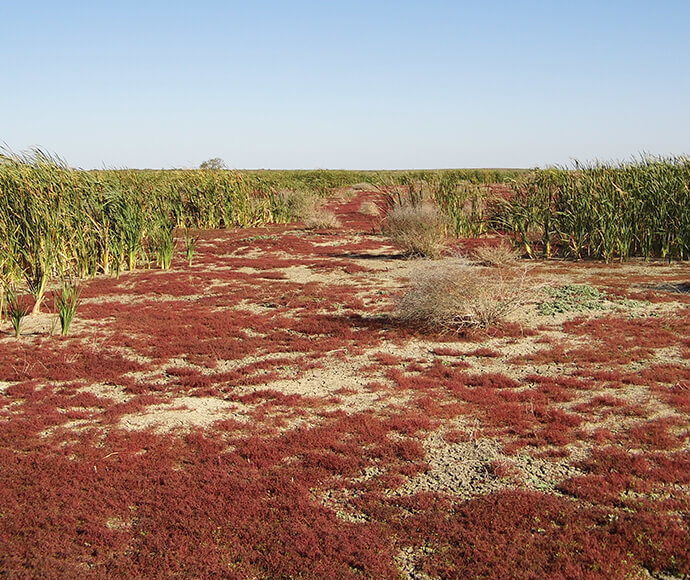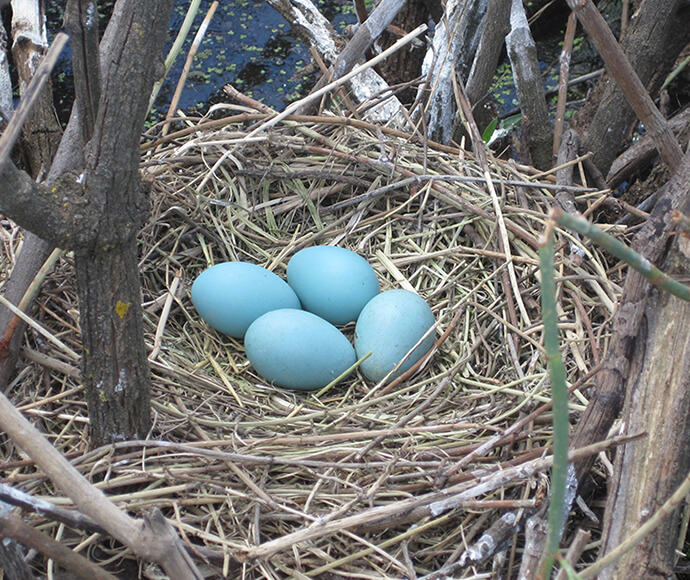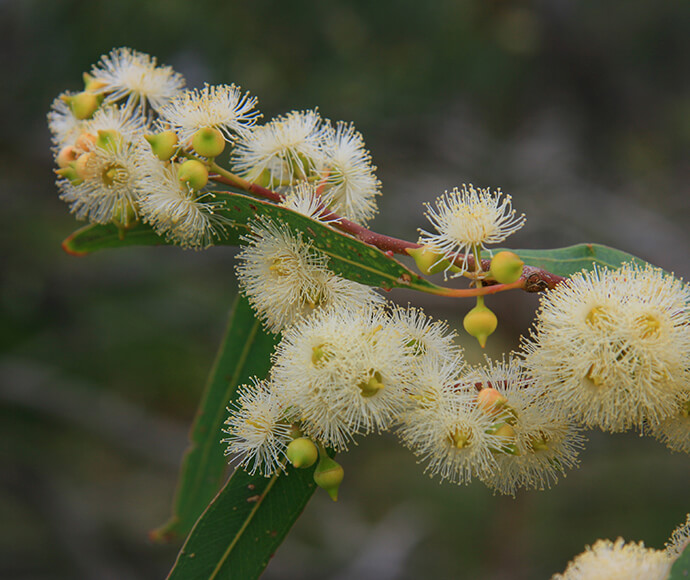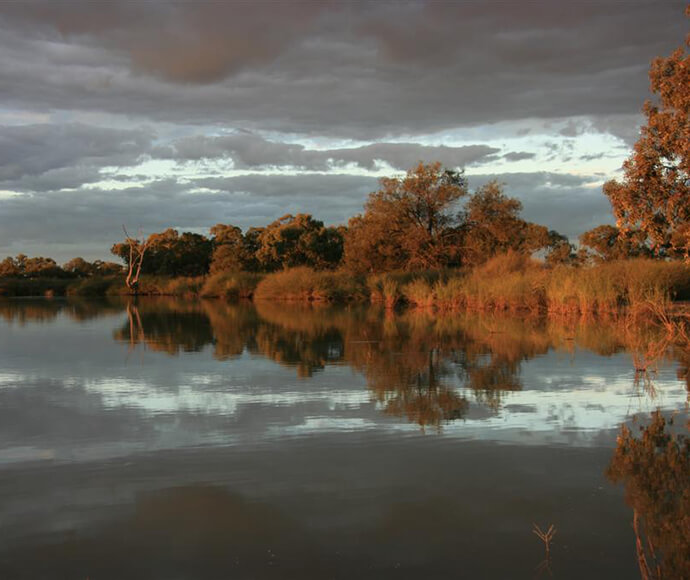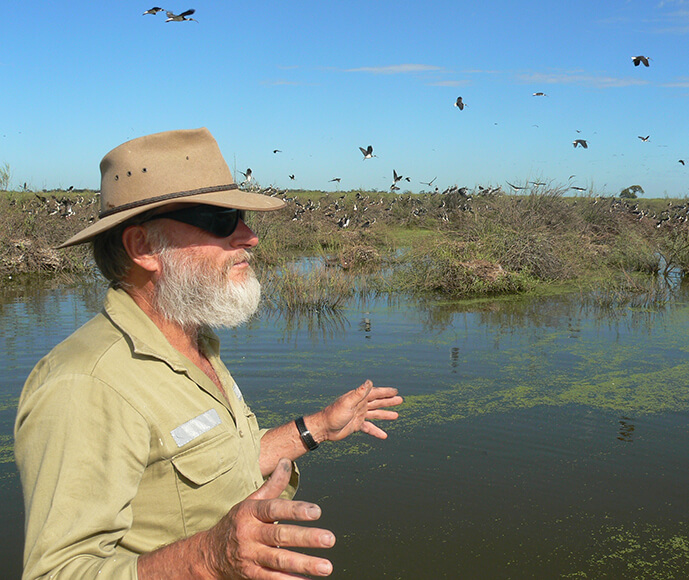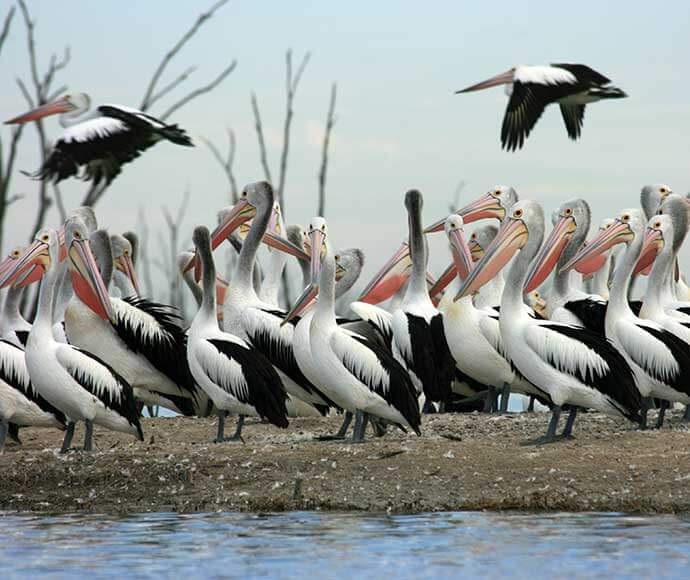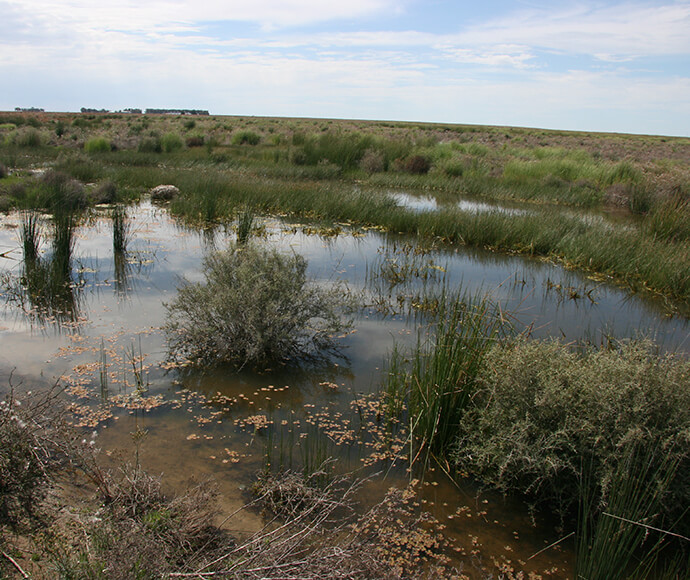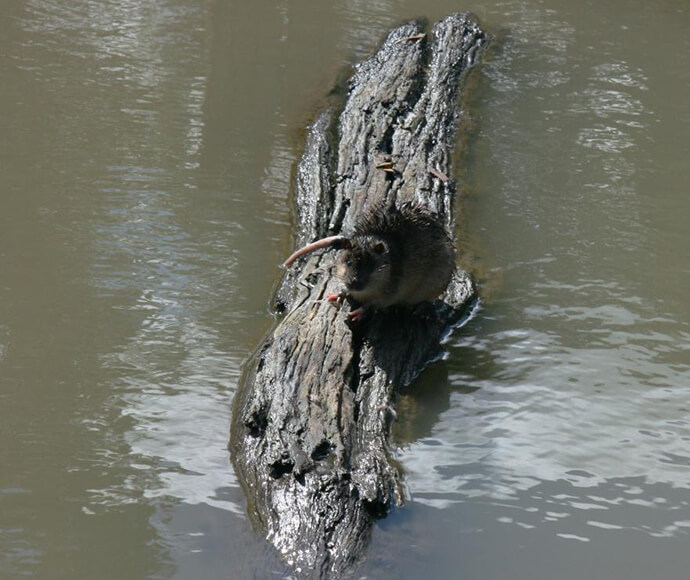Important wetland sites
The Lachlan valley includes 3 sites listed on the Directory of Important Wetlands in Australia:
- Great Cumbung Swamp
- Lachlan Swamp
- Booligal Wetlands.
Below Wyangala and Carcoar dams, the catchment's lowlands are recognised as an endangered ecological community.
Other significant wetlands in the catchment include Merrowie Creek Wetlands, Lake Brewster and Lake Cowal.
Managing water for the environment
The Lachlan River experiences highly variable flows. The NSW Department of Climate Change, Energy, the Environment and Water manages the delivery of water for the environment when and where conditions allow to provide feeding and breeding habitat for a range of wildlife. This is done in consultation with the Lachlan Environmental Water Advisory Group (EWAG).
Management of water for the environment supports the recovery and maintenance of a diverse range of plant communities including black box, river cooba, common reed and extensive areas of riparian fringing river red gum forest and the native animals that use these habitats. This management is done in consultation with the Lachlan EWAG.
Monitoring of water for the environment delivered after the flood of 2012 revealed the return of the threatened Southern bell frog, which had been undetected in the valley for more than 30 years.
Managing water for the environment in the Lachlan valley catchment is supported by several key documents, regulations and plans, as listed in the 'More information' section at the bottom of this webpage.
Bird species
The Lachlan valley provides habitat for a number of birds listed under international migratory bird agreements, including:
- great egret
- glossy ibis
- sharp-tailed sandpiper
- common greenshank
- Latham's snipe
- painted snipe
- white-bellied sea-eagle.
The valley also attracts several birds listed as vulnerable, including the Australasian bittern, blue-billed duck and the freckled duck.
Indigenous connection
The Lachlan valley wetlands, rivers and creeks have important Aboriginal cultural heritage values. Significant sites are found throughout, including scar trees, earthen mounds and artefacts.
More information
- Lachlan Water Resource Plan Area
- Cooperative management of environmental water to improve river and wetland health in NSW
- Vegetation Mapping Project: Executive summary
- Long-term water plans
- Lachlan Long-Term Water Plan
- Lachlan Riverine Environmental Water Management Planopens a new window
- Water Sharing Plan for the Lachlan Regulated Water Source (PDF 1.3MB)download file
- Murray Darling Basin Planopens a new window
- Murray Darling Basin Authorityopens a new window
- Commonwealth Environmental Water Holder: Lachlan catchmentopens a new window
